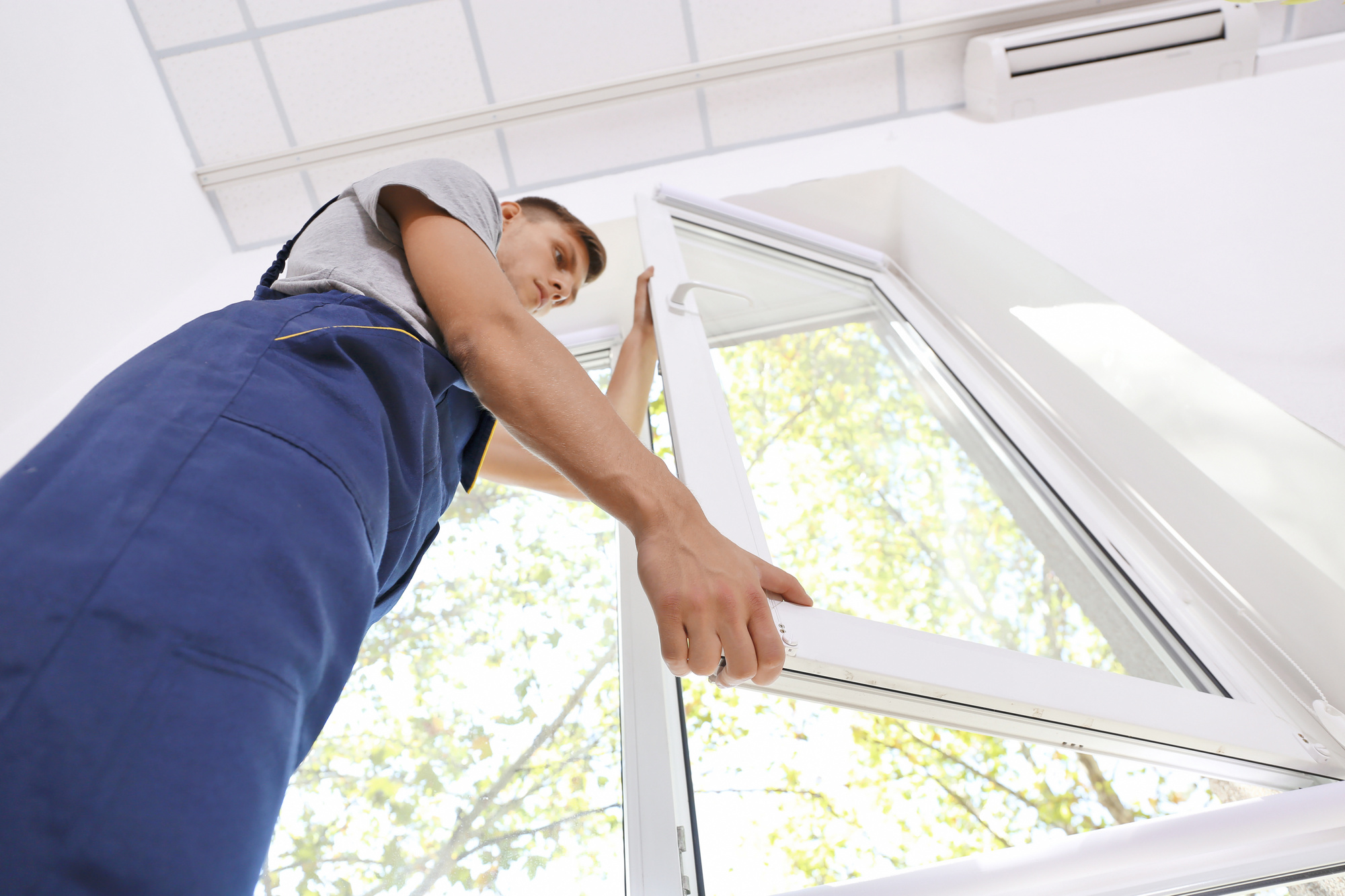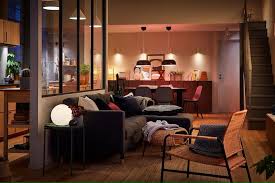Are your windows due for an update? Maybe you’re looking for more energy-efficient options to save a couple of bucks. Or, maybe you now want a good and new look.
Whatever the reason, replacing your windows doesn’t have to be stressful. There are many types of replacement windows, each with unique features to suit your needs!
The best part about replacement windows is that you get to customize them yourself. From bow and bay windows to double-hung, you can radically change the look of your home.
Now, time to decide which type of home window replacement works best for you!
Double-Hung Windows
Double-hung windows give a classic look and are popular for a reason! Double-hung windows have one set of glass in the top portion of the window and another set below it.
These are common in most homes because they are easy to open. You’ll find a lock at the top of the bottom set of glass. Once you unlock the window, it will easily slide upward, leaving the bottom portion of the window empty.
Because of their accessibility, these windows are easy to clean. Both sashes of the windows open, allowing the glass to swing inward, giving a large range of motion.
Double-hung windows also offer good airflow through your home. Though many homes add a screen to the outside of the bottom piece of glass, you can leave it open with no barrier between you and the great outdoors.
Casement Windows
Though double-hung windows may be the most popular choice now, casement windows are as equally classic. This style is traditional and allows the glass windows to open outward.
Made of two side-by-side “doors,” these windows allow work well when the window is taller than it is wide. The “doors” are attached to the left and right sides of the window with hinges, allowing for a full range of motion outward.
A unique feature of casement windows is that they don’t just swing out like barn doors. Most casement windows utilize a crank to smoothly open and close the doors. This allows for the crank to pull the door in tightly, eliminating drafts.
The largest concern with casement windows, though, is proper insulation. While casement windows are a beautiful addition to modern homes, inspect them regularly. Checking your windows decreases the risk of loose hinges and warping, which could lead to a higher electric bill.
Awning Windows
If casement windows had a sibling, they would be awning windows. Aptly names, awning windows create an over-hanging effect.
These windows are only made with one “door” that attaches to the top of the window opening. Awning windows also utilize a crank to open and close. When you open the window, the bottom of the window pushes out.
Awning windows are common when the width of the window is greater than the height. They’re also ideal for rainy and snowy climates, as you can open your windows with less worry about water dripping in.
Sliding Windows
Do you have a long hallway or a large outside wall? Sliding windows may be an option for you! These windows offer a streamlined and sleek look to any home.
Sliding windows are great for openings that are much wider than they are tall. Akin to double-hung windows, sliding windows have sashes that move side-to-side instead of up and down.
With a two- or three-pane configuration, sliding windows provide optimal air-slow when opened. They also tilt slightly inward, making them easy to clean.
Another perk? The relative size of sliding windows allows for picturesque views and plenty of natural light.
Bow and Bay Windows
Are you looking for something less traditional? Bow and bay windows might be calling your name!
Both of these styles grant ample natural light, creating a cozy nook in your home. Though these styles of windows tend to go hand-in-hand, there are key differences to note.
Bow Windows
Bow windows protrude out from the home, creating a semi-circle. This style consists of 3 – 5 windows at 10 – 15 degree angles. It’s also important to note that each window in the “bow” style is the same size.
Bow windows can also be more expensive than other types of window styles. This is because of the precision and expertise of the installer. Especially for windows, the angles need to be accurate to allow for proper insulation of your home down the road.
Both double-hung and casement windows work well with the bow window style.
Bay Windows
Bay windows are similar to bow in the fact that they stick out from the home. But, they have a distinct look that shouldn’t be overlooked. Bay windows often add resale value to a home.
Unlike the bow style, the bay style only uses 3 windows, with the center pane being larger than the two side panes. They also don’t stick out as much as bow windows because they’re installed at 25 – 45 degree angles.
Commonly, the center window will be a picture window, rendering it un-openable. But the two additional windows may be double-hung and allow for airflow.
Garden Windows
If your goal is to install a unique window with a purpose, consider a garden window!
Though they may resemble bow and bay windows, garden windows are a bit more boxy and sturdy. They are commonly installed above kitchen sinks and stick out a bit from the outside of the house.
Garden windows are called such, as people like to use them for their plants. The width of the glass keeps plants warm and allows for adequate sunlight to get through.
Many also come with glass doors so you can open them and give your plants fresh air!
Various Types of Replacement Windows
Ready to get started on your window replacement?
With all the options of types of replacement windows, you can dream up a new look for your home. Or, keep it simple and update your current trends.
Whichever windows you decide on, be sure to look for more tips here on our Home Improvement blog!











